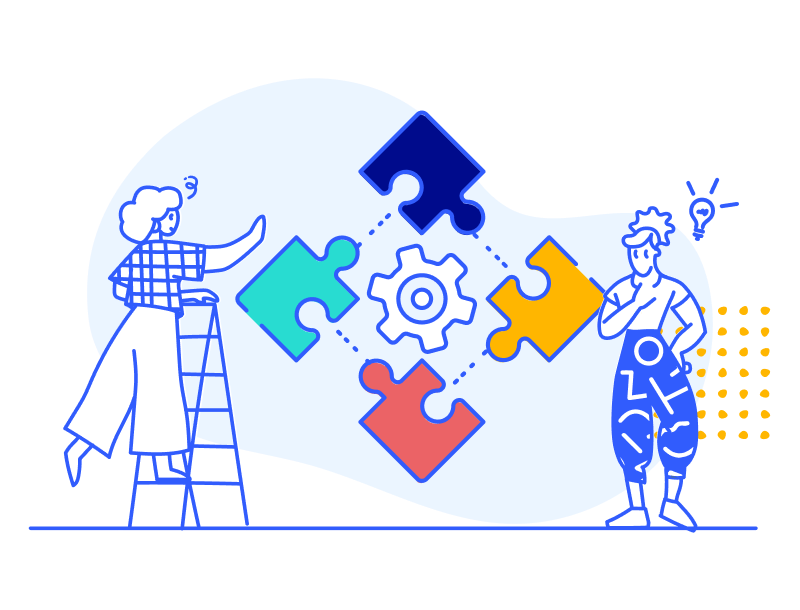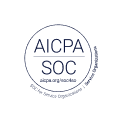Ratings and reviews
Award-winning experiences, backed by real users.
Hear directly from our customers on G2 and TrustRadius.
Based on 1045 reviews from


Shaina Carvalho
Design LeadEducation
Small business or StartupBrazil
May 28, 2024
Ein sehr schneller Weg, um Antworten zu erhalten
Melissa McCool
Head of ProductHealthcare
Small business or StartupUnited States
May 28, 2024
Benutzertests helfen bei iterativen Änderungen.
C
Chelsea Dustin
UX DesignerReal estate
EnterpriseUnited States
May 22, 2024
UserTesting Is The Ace Up Our Sleeve When It Comes To Usability

Juan Oliveira
Senior UX ResearcherGaming
Mid-MarketGermany
May 18, 2024
Enhancing Mobile Game Development with UserTesting
V
Verified Reviewer
Retail & ecommerce
Mid-MarketUnited Kingdom
May 18, 2024
Invaluable tool with endless interesting insights which can truly help to drive change!
V
Verified Reviewer
Retail & ecommerce
GlobalUnited Kingdom
May 1, 2024
The best research tool
V
Verified Reviewer
Financial services
EnterpriseGermany
April 30, 2024
Using UserTesting at [...]

If your customers are always right, why not ask them?
Get fast feedback and real human insights—start now.


